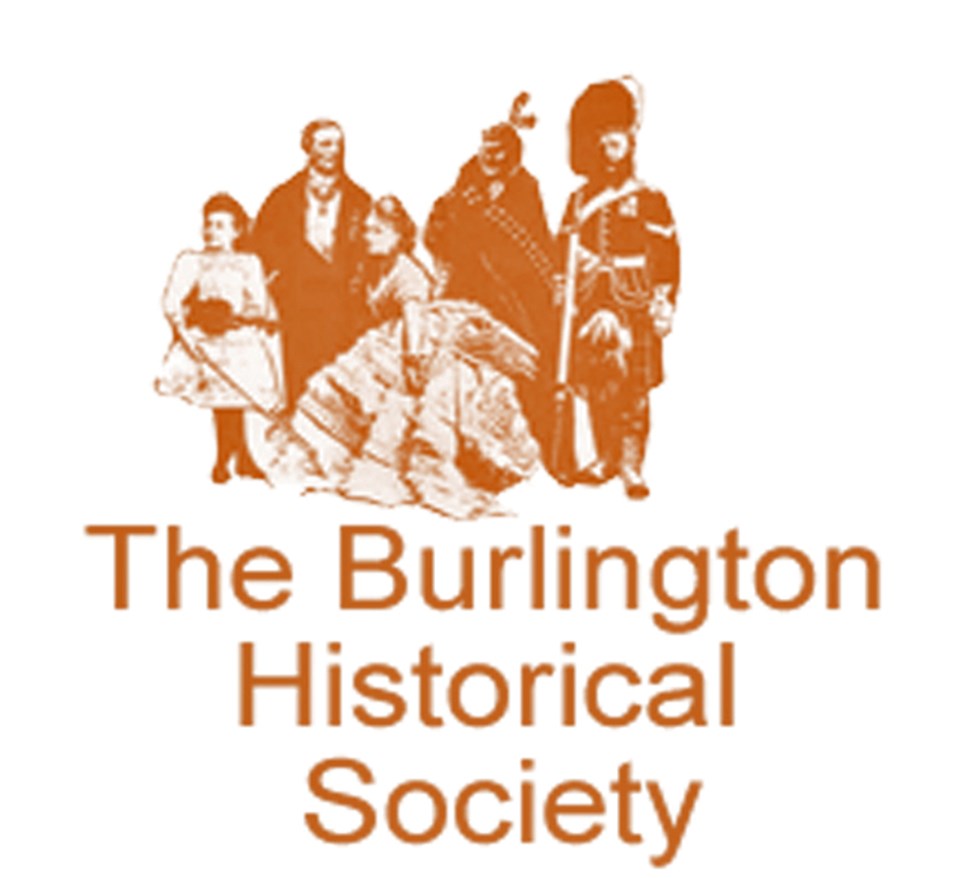In 1903, the Burlington Canning Co. was formed by a group of farmers and landowners.
George E. Fisher was the first President and Managing Director. The factory was built on the waterfront property on Water Street (now Lakeshore Rd), at the foot of Brant Street, between Brant and Elizabeth Streets, which had wharves that had been used earlier to bring grain to the grist mill, and the flour was shipped out for export by water between 1845 and 1865. Wellington Square (Burlington’s first name as a village) grew up around the shipping from these docks.

In 1910, the cannery was purchased by Dominion Canners Co. Then for many years it operated as a subsidiary of Canadian Canners under the name of Aylmer, factory No. 36. They later built a can manufacturing facility in Burlington to provide their supplies.
Earliest products from the Burlington Canning Company were fruits, vegetables, meats, poultry, pork, beans, jams, jellies, catsups, relishes and tomato pulp.
A later product list consisted of tomato catsup, olives, spaghetti in cheese sauce, apple sauce, and tomato juice beginning in 1931. Olives were shipped from Seville, Spain by sea and unloaded at their wharf.
Tomato juice was sold out of a roadside stand for 5 cents a glass. About 1,000 tomato growers in the area sold their produce to the cannery for 25 cents a bushel. The many trucks brimming with fruits and vegetables often caused traffic jams on Brant Street. It is well known that the odour of the tomato processing of catsup could be smelled for miles around.
The watefront cannery remained in operation until 1960. (The present site of the Waterfront Hotel).
In 1919, another canning factory came to town. It was the Ontario Canning Company which was located on Plains Road in Freeman Village. This company was owned by David Hyslop who, with his father, had operated another fruit plant in Greensville. With the abundance of fruit and vegetables in the area, and the proximity to the rail line at Freeman, this was an ideal location for ease of shipping and receiving.
By 1925, the cannery was called Hyslop and sons Ltd., but later it became Tip Top Canners Ltd., which had plants in Burlington (Freeman), Greensville and Otterville.
The Freeman plant in Burlington produced canned tomatoes, tomato juice, peaches, pears, cranberries, as well as jams, jellies and marmalades.
In November 1962, a large fire partially destroyed the Tip Top Canners facility. The business was sold to Stuart House in 1963 when Mr. Hyslop retired.
Fruit farming and canning was vital to Burlington’s growth and development in the late 19th century and the early 20th century and the villages depended greatly on the surrounding agriculture industry. Both canneries were rezoned and demolished in the mid-1960s.





